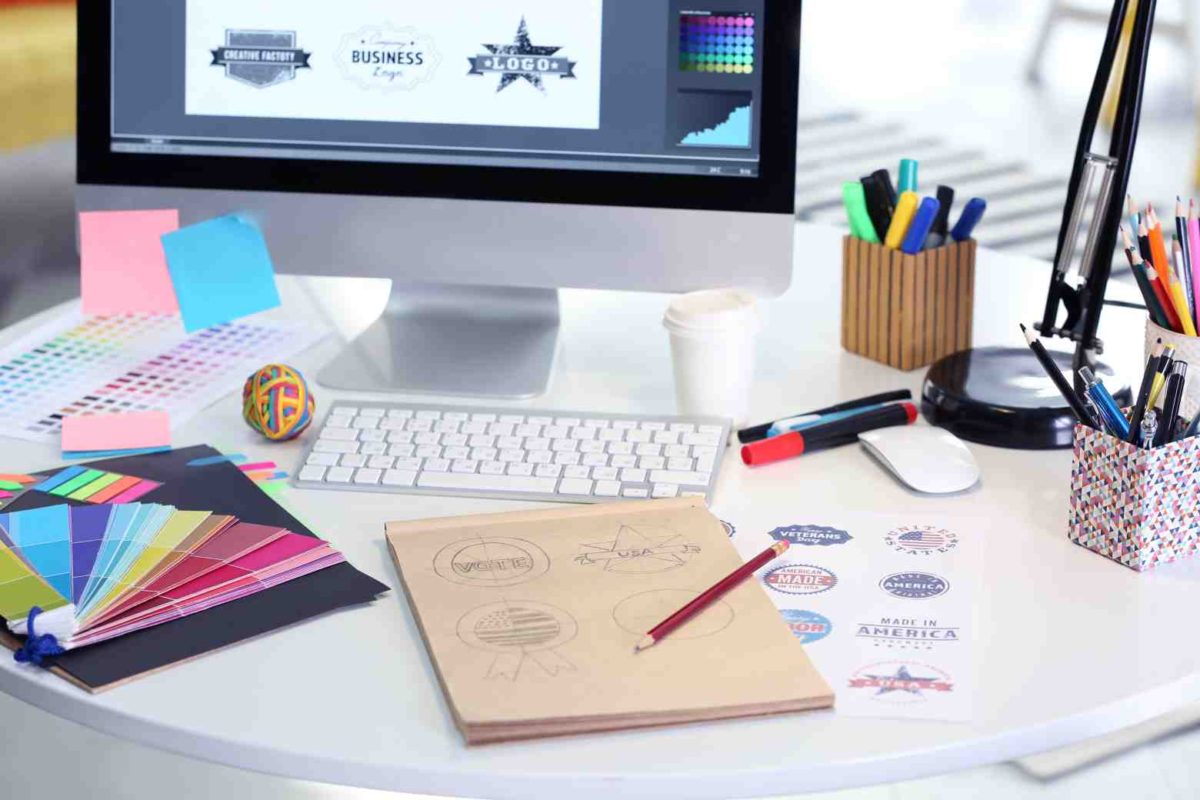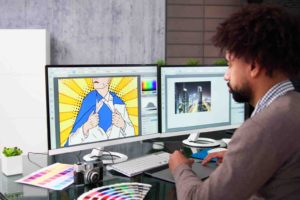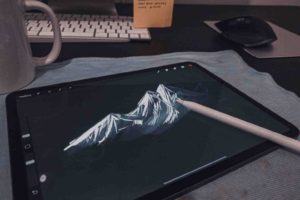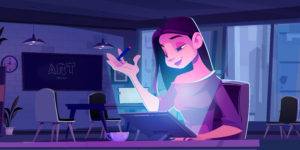How to Make a Graphic Design Portfolio?

Imagine walking into a room full of potential clients or employers, but instead of pitching yourself, you hand over a beautifully curated book that speaks volumes about your skills, creativity, and style. That book is your graphic design portfolio. In today’s fast-paced design industry, a well-crafted portfolio is your golden ticket to securing projects, getting hired, and building your brand as a designer.
A graphic design portfolio isn’t just a collection of work—it’s a visual representation of your journey, skills, and creative thinking. It’s what sets you apart from the competition and tells your unique story. Whether you’re looking for graphic design courses in Bangalore, seeking freelance clients, or looking to make a name for yourself in the design world, your portfolio will be your strongest asset. But crafting a compelling portfolio isn’t just about picking your best designs—it’s about how you present them, what you choose to highlight, and how effectively you communicate your value as a designer.

A great portfolio acts as your voice when you’re not in the room, showcasing your expertise, design process, and ability to solve real-world problems through visual communication. It’s your personal branding tool—one that evolves as you grow in your career. Whether you’re a student just starting out, a freelancer looking to attract more clients, or a professional designer aiming for career growth, your portfolio is your ultimate tool. But how do you make it unique, engaging, and truly reflective of your talent? Let’s break it down step by step.
Steps On How To Make A Graphic Design Portfolio
1. Understanding the Purpose of a Graphic Design Portfolio
Before jumping into the design process, you need to know why you’re creating your portfolio in the first place. Your portfolio should:
- Showcase your best work.
- Demonstrate your skills and versatility.
- Reflect your personal style and creative process.
- Help potential employers or clients understand what you bring to the table.
- A portfolio isn’t just about pictures—it’s about storytelling, problem-solving, and leaving a lasting impression.
2. Choosing the Right Format: Digital or Physical?
Depending on your career goals, you can choose between a digital or physical portfolio—or both!
Digital Portfolio
- With everything moving online, having a digital portfolio is almost mandatory. Options include:
- A personal website (yourname.com) for a professional touch.
- Behance or Dribbble for exposure within the design community.
- PDF portfolios for easy email sharing.
Physical Portfolio
- A tangible, printed portfolio can be impactful, especially for interviews and face-to-face presentations. If you’re applying to design agencies, consider printing a well-curated book of your work.

3. What to Include in Your Portfolio?
Your portfolio should have a mix of different projects that highlight your strengths and versatility. Here are the must-haves:
- Cover Page & Personal Branding : Make a lasting first impression with a strong cover page featuring your name, logo, or signature style.
- About Me Page : Introduce yourself in a short and engaging way. Share your background, design philosophy, and what inspires you.
- Showcase Your Best Work: Curate 8-12 of your strongest pieces. Quality over quantity is key! Include:
- Branding and logo designs : UI/UX projects, Print designs (brochures, posters, packaging), Illustrations or typography work, Social media graphics
- Case Studies (Process Work) : Instead of just showing the final designs, include case studies explaining the brief and objectives, your design process (sketches, brainstorming, wireframes, etc.), challenges and solutions, final outcome and impact
- Testimonials & Client Feedback : If you’ve worked with clients or done internships, add testimonials to build credibility.
- Contact Information : Make it easy for people to reach out. Include your email, website, and social media handles.
4. How to Organize Your Portfolio for Maximum Impact
A well-structured portfolio keeps the viewer engaged and makes it easy to navigate.
- Start with a strong piece to grab attention.
- Follow with a variety of projects to show versatility.
- End with another impactful piece to leave a lasting impression.
- Maintain a clean layout with consistent typography, colors, and spacing.
5. Making Your Portfolio Visually Engaging
Designers are visual communicators, so your portfolio itself should be a testament to your skills.
- Use a cohesive color scheme and branding elements.
- Keep a consistent grid system for easy readability.
- Allow for white space to make designs stand out.
- Choose the right fonts to reflect your personality and style.

6. Tailoring Your Portfolio to Your Career Goals
If you’re applying for a branding agency, highlight logo and identity projects. If you’re interested in UI/UX, showcase app and web design projects. Customizing your portfolio for different opportunities increases your chances of success.
Common Mistakes to Avoid
Even the best designers can make mistakes when creating a portfolio. Here are some pitfalls to avoid:
- Overloading with too many projects – Stick to quality over quantity.
- Ignoring mobile optimization – Many recruiters will view your digital portfolio on a phone.
- Lack of context – Always explain your projects, don’t just display images.
- Not updating regularly – Keep your portfolio fresh with your latest work.
How Asian Institute of Design Helps in Building A Strong Graphic Design Portfolio
If you’re looking to create an impressive graphic design portfolio, having the right education and mentorship is crucial. The Asian Institute of Design (AID) offers top-notch courses in graphic design, UI/UX, animation, and more. With industry-expert faculty, hands-on training, and exposure to real-world projects, students at AID gain the skills and confidence to build portfolios that stand out.
AID encourages students to participate in live projects, internships, and collaborations that help them gain real-world experience. With guidance from professionals, students learn how to curate their portfolios, making them job-ready by the time they graduate.

Elevate Your Career with a Strong Graphic Design Portfolio
The design industry is competitive, and standing out requires effort, consistency, and a strategic approach. By investing time in curating a powerful portfolio, you’re not just preparing for job applications—you’re setting the foundation for a successful career. Keep refining your work, stay updated with design trends, and never stop learning.
Remember, your portfolio is a living document that grows with you. As you take on new projects, learn new skills, and refine your creative voice, your portfolio should evolve to reflect your best work. Don’t be afraid to experiment, update, and push the boundaries of your design style.
If you’re looking for graphic designing courses in Bangalore then Asian Institute of Design is the right place to gain the skills, industry exposure, and mentorship for a successful career in the industry. With the right guidance and a polished portfolio, your dream opportunities are just around the corner. Now, go ahead and start crafting your masterpiece—your future in design awaits!
Similar Articles
-

Mastering 2D and 3D Animation 03-04-2025
The Ultimate Career Boost in Today’s Creative Industry The demand fo
-

How to Make a Graphic Design Portfolio? 02-27-2025
Imagine walking into a room full of potential clients or employers, bu
-

What are the 12 Principles of Animation? 02-27-2025
Animation is more than just moving images—it’s the art of brea
-

The Changing Face of the Animation Industry 02-27-2025
The animation industry has undergone a seismic transformation over the
